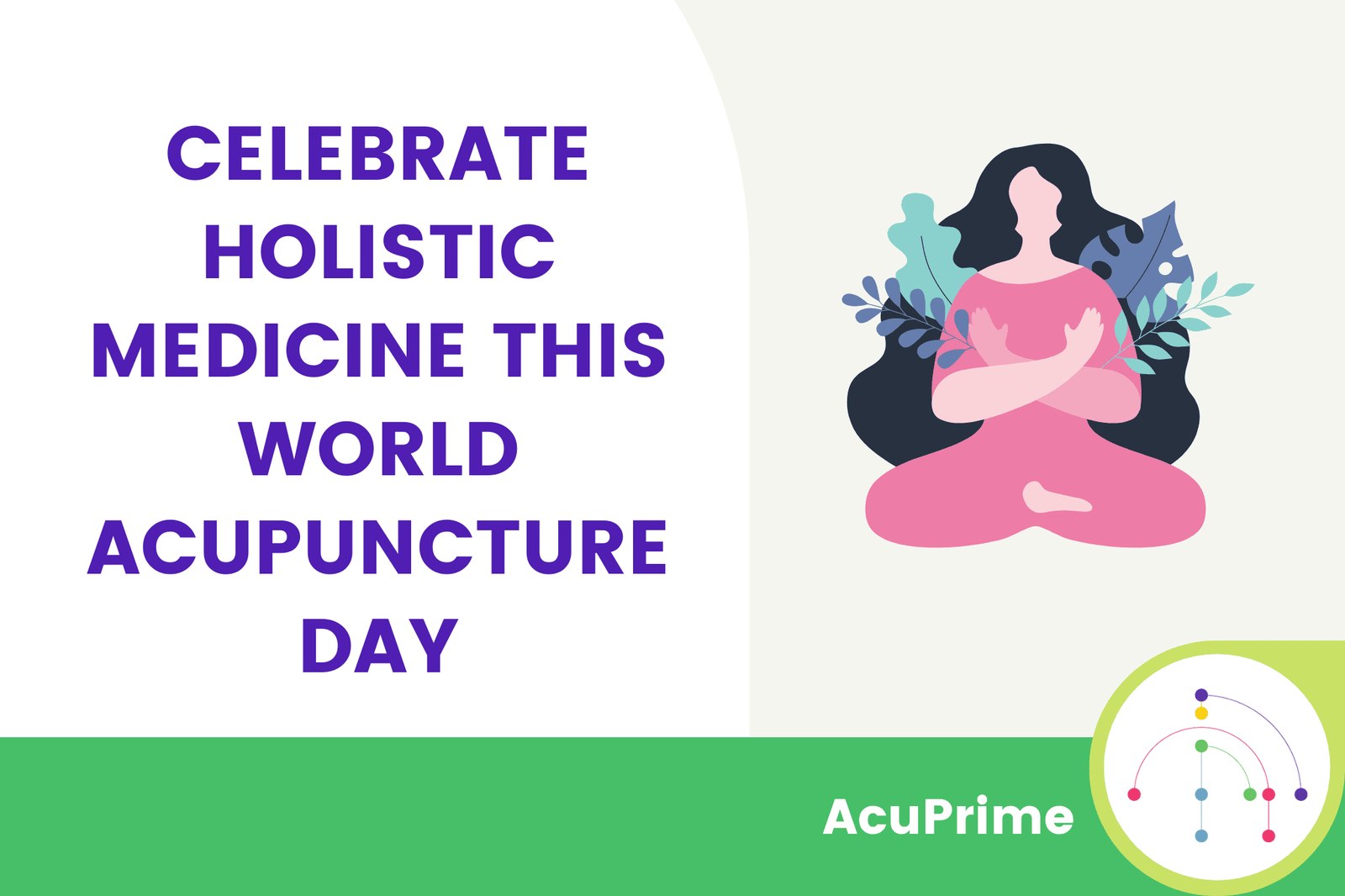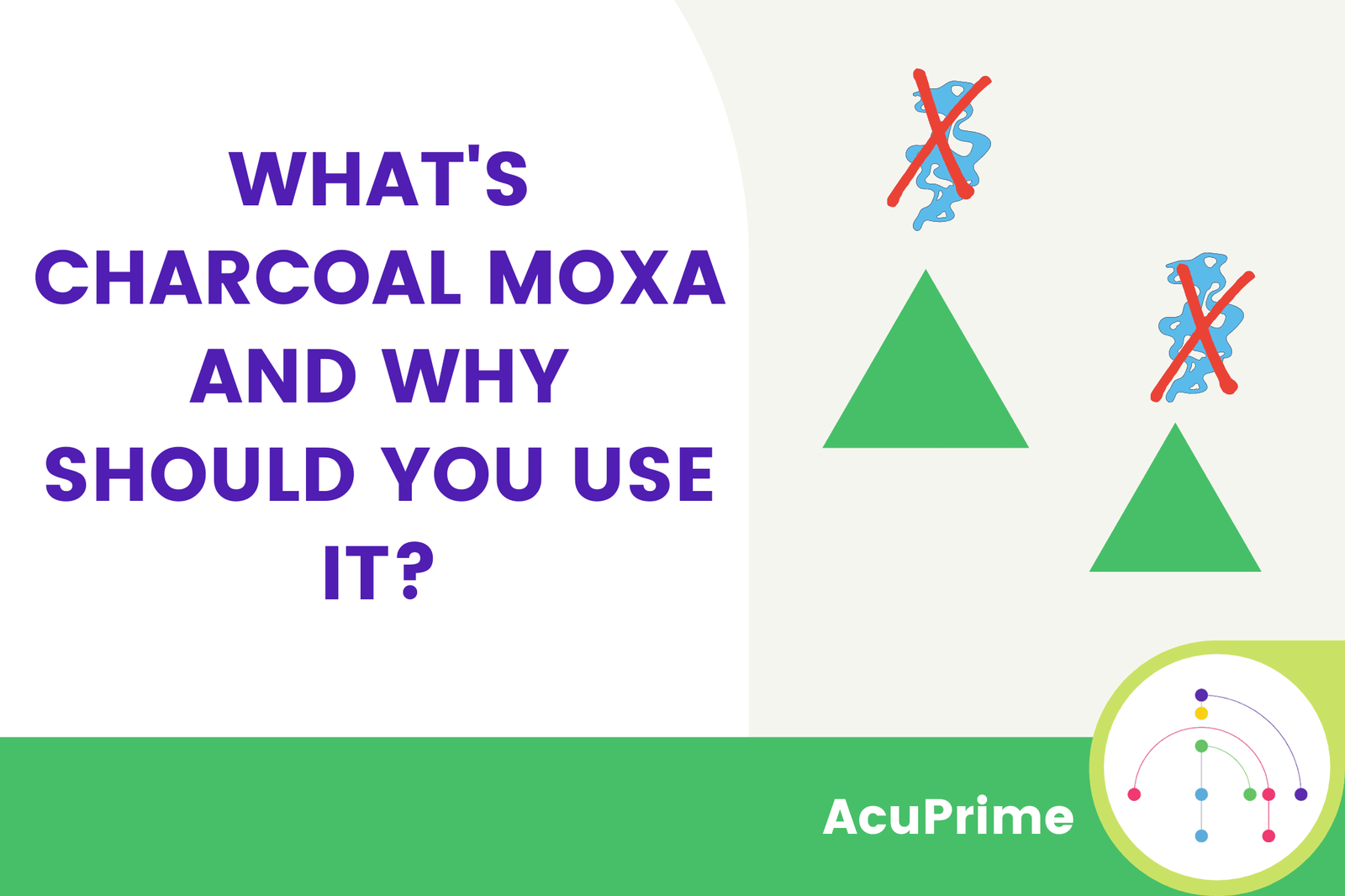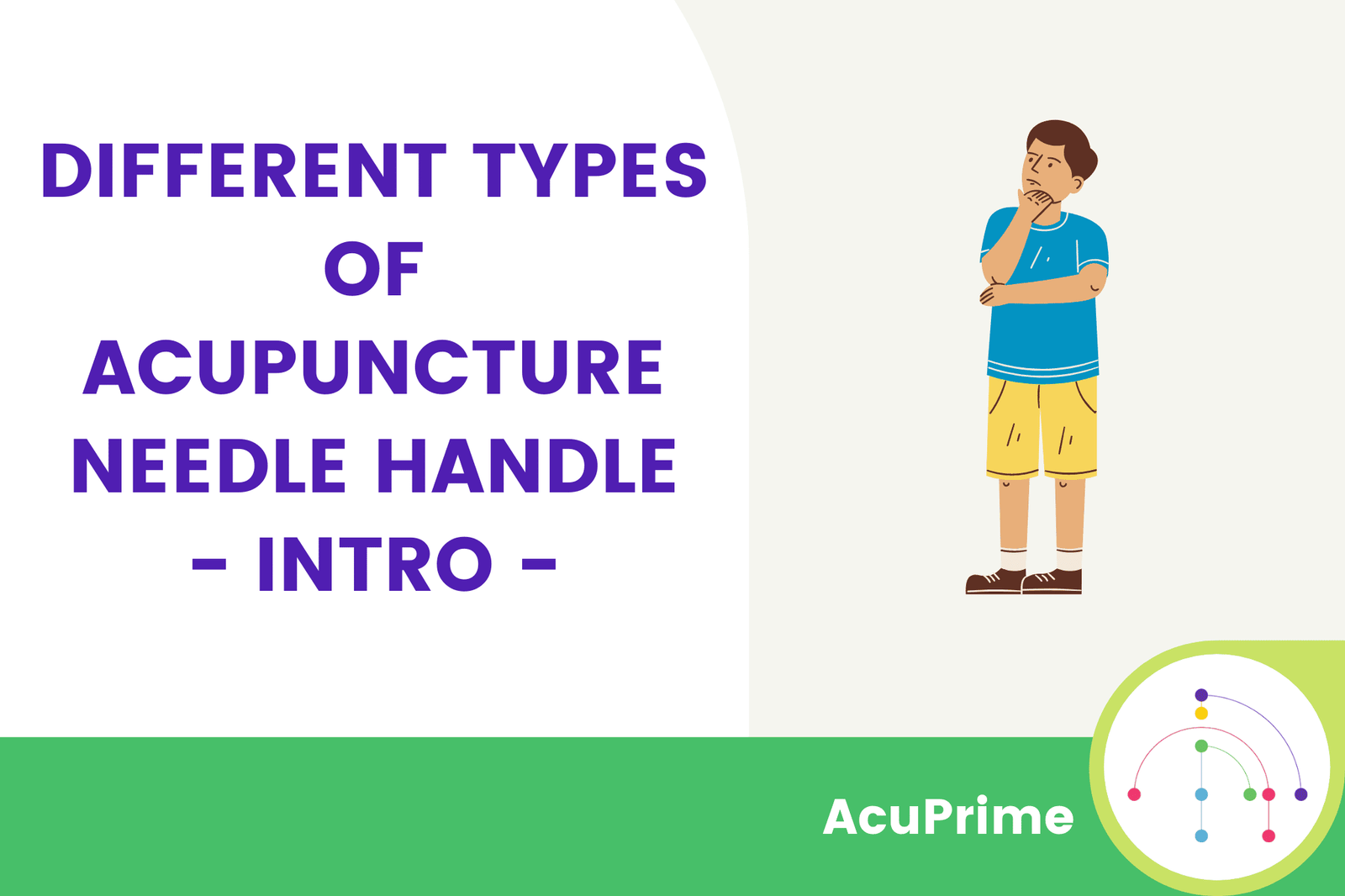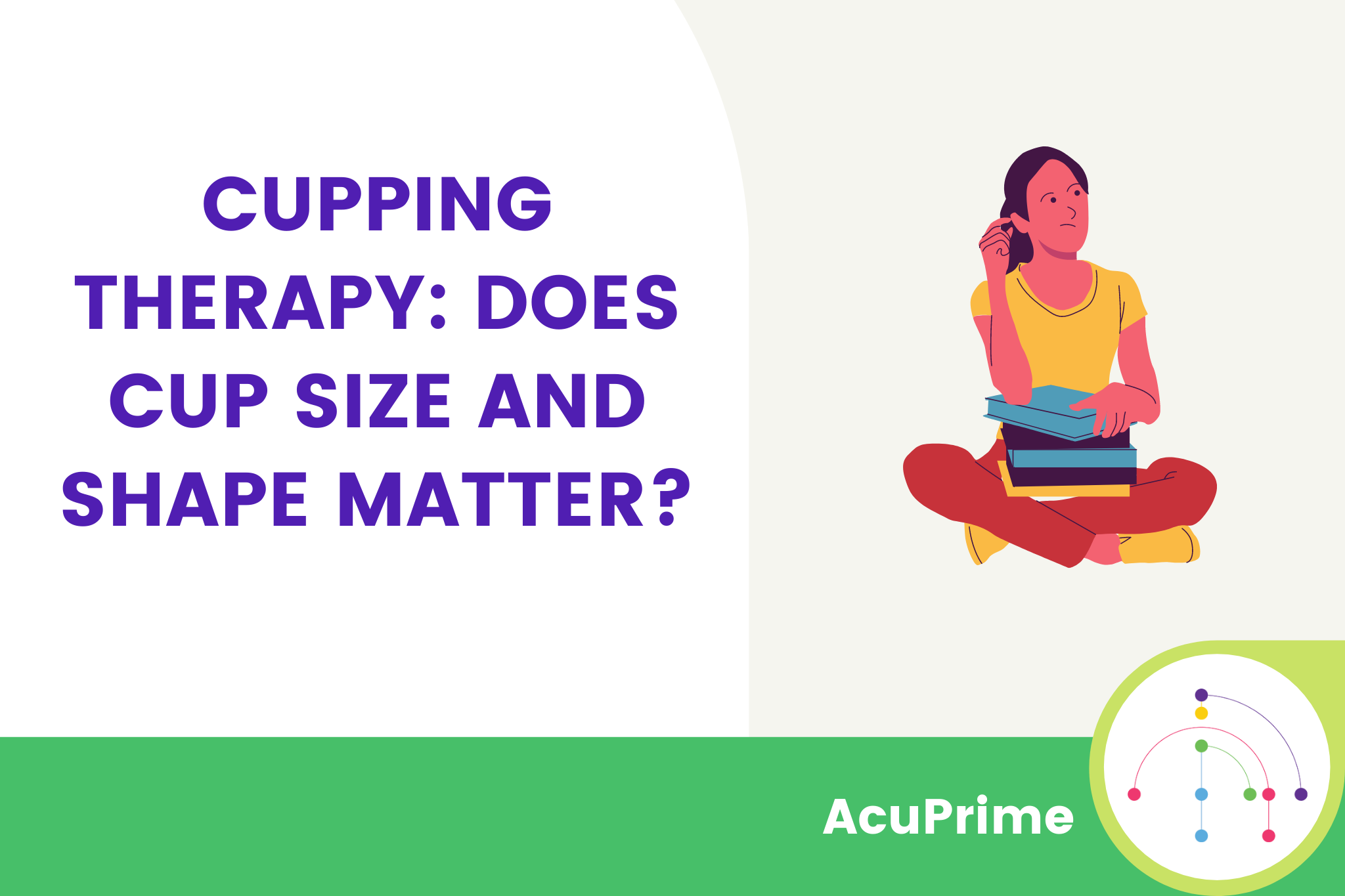Each September, World First Aid Day comes around to remind us that first aid isn’t just for a special few, it should be accessible to all. This year, it falls on 12th September and, after such a challenging year, maybe it’s time we refreshed ourselves on the humanitarian role each and every one of us can play in society.
The foundations of First Aid
World First Aid Day itself turns 20 this year, having begun in 2000. Its history stretches back further though, over a hundred years. The concept is based upon Henry Dunant’s account of the battle of Solferino in 1859. Witnessing horrific suffering, he grouped together ordinary citizens and built makeshift hospitals to save what lives they could.
His subsequent account inspired the creation of the International Committee of the Red Cross and the Geneva Convention was based upon his humanitarian ideas. Co-founder of the Red Cross, he received the Nobel Prize for Peace along with Frédéric Passy.
Why is it so important?
‘Up to 59 per cent of deaths from injury may have been prevented if first aid was given’ – Red Cross Study
The first few minutes after an accident, a car crash, for instance, are the most vital. And yet ambulances can take ten minutes or more to arrive depending on the location. Most of the time, there is simply not a medical professional in the immediate vicinity when aid is first needed. This absence costs lives.
With first aid training, many more people could get the initial help they need and survive. This, at its core, is why first aid training is so incredibly important. If everyone were first aid qualified, reducing injury and suffering while waiting for ambulances would have a dramatic effect upon injured persons and survival rates.
How can you get involved?
Many health professionals including physiotherapists, chiropractors and sports therapists will have some level of first aid training but it’s always a good idea to keep your knowledge up to date and learn about a wide variety of first aid situations.
By choosing verified CPD first aid courses, you’re also fulfilling your regulatory body’s requirements as well as adding this vital skill to your roster. Many course providers will also adapt first aid courses to your needs, for instance, if you’re more likely to find yourself in a particular situation due to the nature of your job.
You can also organise courses for all the staff in your practice, making sure that everyone is up to date.
There are a variety of levels of first aid courses and the one suited to you will depend on your practice requirements and the requirements of your regulatory body. But if you want to take your knowledge further and help others, you can become a first aid trainer and encourage others to learn this remarkable skill.
Being a trainer
If you’re a sole practitioner or run your own team and are looking to expand your services, first aid training can be a brilliant offering. It’s not too time-consuming to qualify in, with the appropriate first aid courses alongside a Level 3 Award in Education and Training.
Additionally, you can train as a paediatric first aid instructor or simply take this course in order to teach in schools as well. When it comes to first aid, there’s a lot of flexibility and you can be sure your skills are always in demand.
This route will allow you to teach First Aid at Work, a required certificate for hundreds of thousands of professionals across the UK. This means that this course, in particular, will always be essential and in demand, a fantastic option for instructors to teach.
Understanding how to use first aid kits
Choosing the right first aid training course will also teach you how to use the contents of typical first aid kits.
This, alongside actually having a first aid kit in your office, car and home, will set you up with the right equipment and skills to make the most of your knowledge.
Of course, first aid skills are like insurance. None of us ever want to have to use them. By having these skills though, we have the opportunity to shoulder our humanitarian responsibility and play our part.
Check out our first aid supplies and get in touch if there’s anything specific you need.








